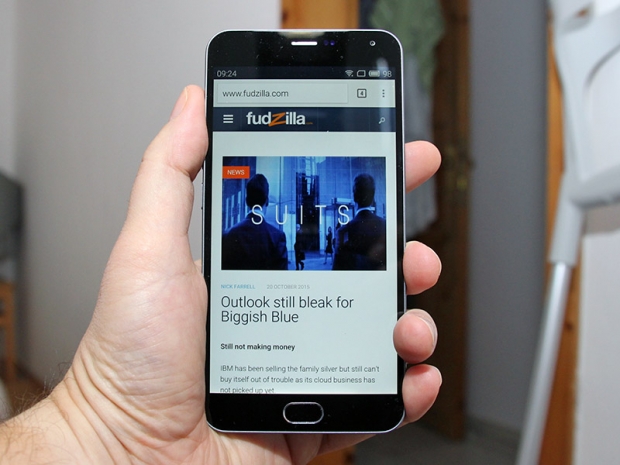Index
Review: A lot of quality for peanuts
Meizu is been one of the most popular phone manufactures in China, and the company has introduced three new phones in the last few months. The one that caught our eye was the Meizu M2 Note, the successor to the M1 Note phablet.
The M2 Note sells for $150, which is not a lot for an eight core MediaTek phone with 2GB RAM and Full HD display. The phone shares a lot of its DNA with the flagship, all-aluminium Meizu MX5.
This is the first phone that we got our hands on that comes with the MediaTek MT6753 processor. This processor was announced in March and it was commercially available as of Q2 2015. Meizu M2 Note is one of the biggest design wins for this SoC and MT6753 comes with a octa-core Cortex-A53 CPU clocked at 1.3 GHz, backed by Mali-T720 graphics. 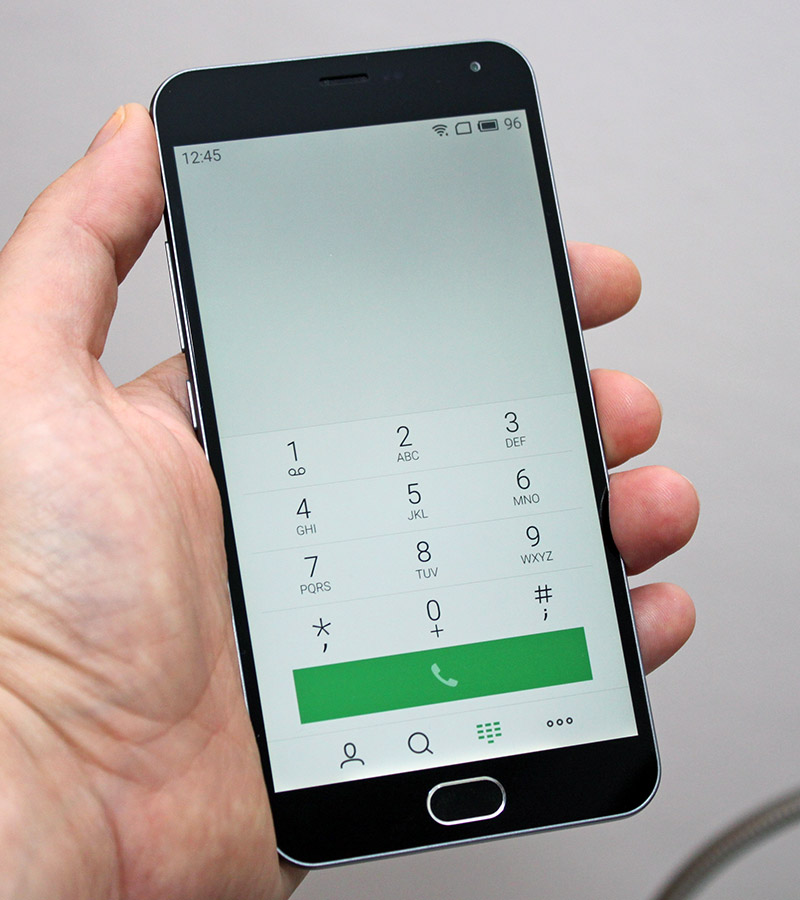
The SoC uses ARM Mali-T720 GPU and it leans heavily on the MediaTek Core pilot scheduler technology. This is the first entry level product form MediaTek that supports World Mode LTE capability including Rel. 9, Cat. 4 LTE (FDD & TDD), DC-HSPA+, TD-SCDMA, CDMA2000 1x/EVDO Rev. A and EDGE technologies. The SoC supports 802.11n Wi-Fi, Bluetooth 4.0 as well as up to 16MP image signal-processor.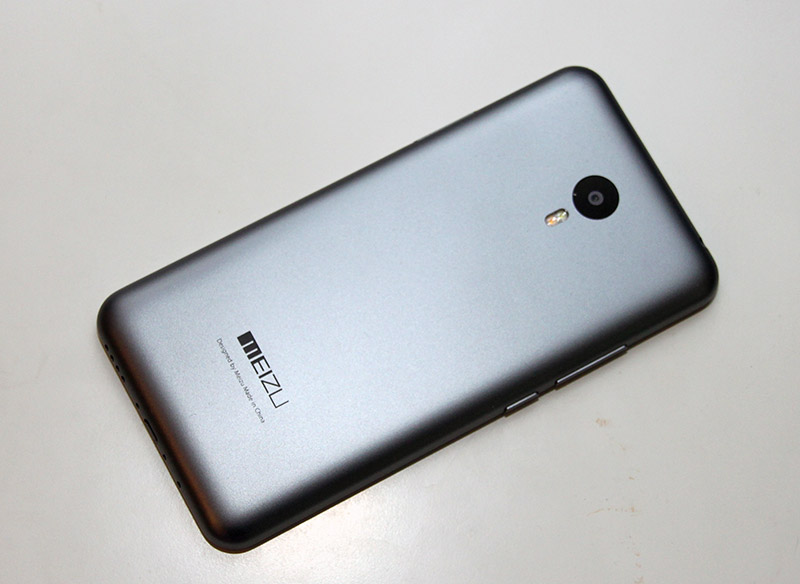
The Meizu Note 2 comes with 2GB RAM, dual SIM (nano), microSD up to 128GB, full HD 1920x1080, 5.5-inch IGZO screen, 13-megapixel camera and 16 or 32GB storage. The device is made out of plastic and it feels rather light but this is something we would expect of the phone that sells for $160 with free shipping via TinyDeal.
Design and Build Quality
The device looks a lot like many other 5.5-inch phablets including Samsung's Note 5 and the iPhone 6 Plus. At 8.7mm, it is not the thinnest phone around, but at the same time it packs a rather impressive 3100 mAh battery that will easily get you through the day. The device measures 150.9 x 75.2 x 8.7 mm (5.94 x 2.96 x 0.34 in) and weighs 149 g (5.26 oz).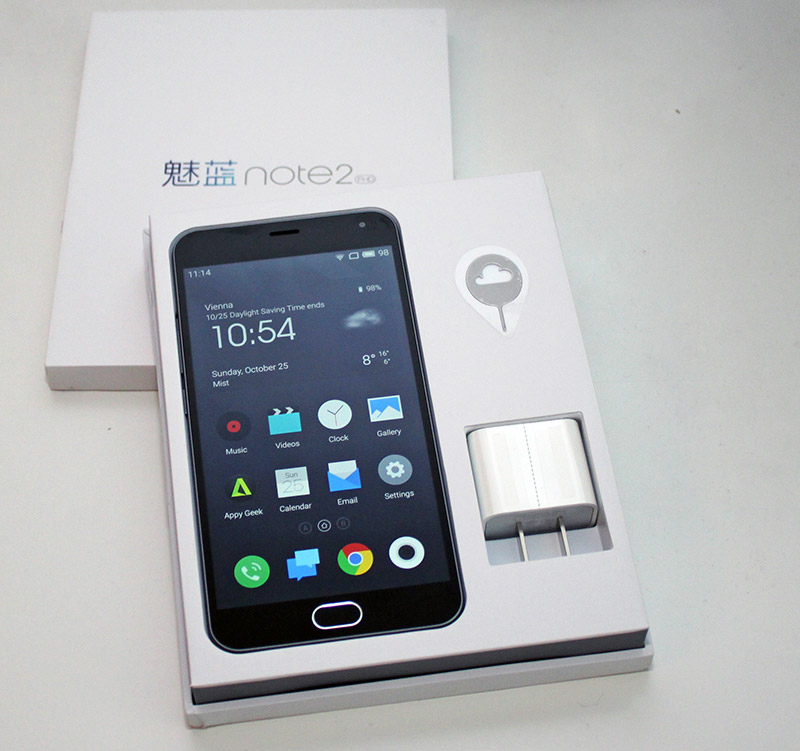
When you look at the box, you can get an idea that Meizu designers really like the Apple look and feel. The box is made from high quality materials and everything fits in place. There is even a branded pin to remove the dual SIM tray, and of course the USB cable and a tiny manual are below the phone. The 1A phone charger with is definitely influenced by Apple design, but we would like to see a 2A charger as it would charge the phone much faster.
Meizu M2 Note looks a lot like its more expensive MX5 brother, just made from plastic. The plastic finish still feels premium enough for the price category and the phone definitely shares a minimalist design. The plastic has a matte finish and it doesn’t attract a fingertip stains which is definitely a plus.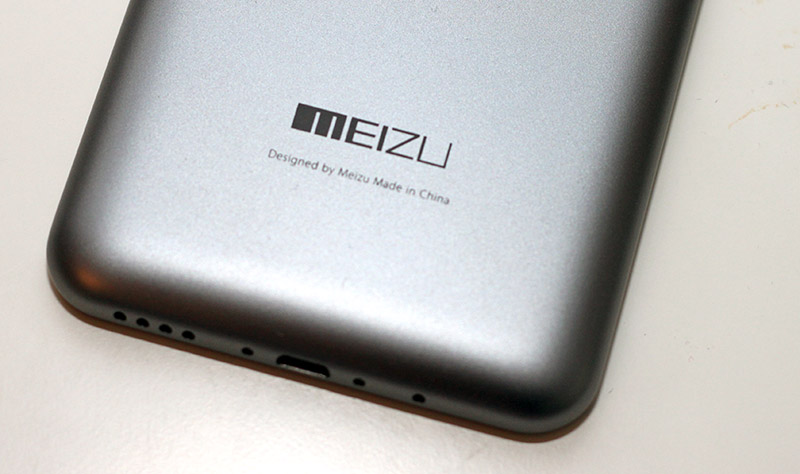
The front is dominated by the 5.5-inch IGZO capacitive touchscreen that supports 16 million colors and has relatively small bezels. The front face camera can record 1080p video and offers acceptable 5-megapixel resolution placed right from the earpiece. The light and proximity sensors are located between the camera and the earpiece. The only other visible button is the home button that reminds us a lot on the one that we saw with the Samsung Galaxy Note 5 and some earlier phones.
It is nice to see that the front of the phone doesn’t come with the almost mandatory manufacturer's logo at the front. This is a refreshing change making it more mystique, as it looks a lot like an iPhone 6S Plus to the untrained eye.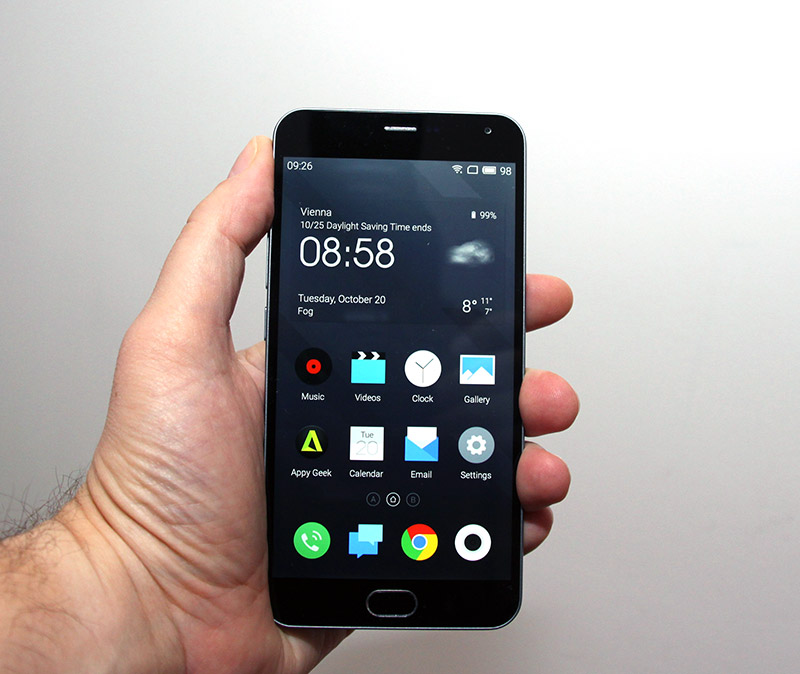
At 150.9 x 75.2 x 8.7 mm (5.94 x 2.96 x 0.34 in) the phone is what we would really small. It is roughly the size of many other 5.5 inch phablets around. There are no capacitive buttons and it will take a while to get used to it. The home button acts as a back button when you tap on it. This works really but requires a learning curve. This is something that Meizu users are used to as they use the same tap to go back on many models. Pressing the button takes you to the homescreen.
There are no buttons on the right side of the phone, but the left side is very crowded. It houses the volume rocker placed above the power button. This is quite unusual, as for example Meizu MX5, Galaxy S6, HTC One M9+ or iPhone 6S will all come with a power button and volume rocker on the right side of the phone.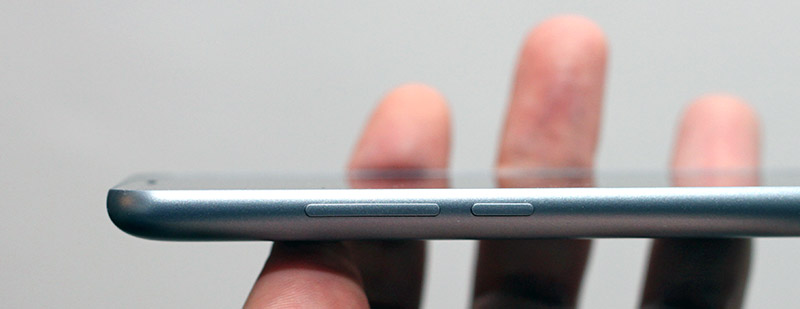
The right side also hosts the nano SIM card slot and the phone offers an option of dual nano SIM cards or one nano SIM and a microSD card for storage. We think this is an excellent idea as it will offer you either dual SIM or one sim and extra storage at little cost.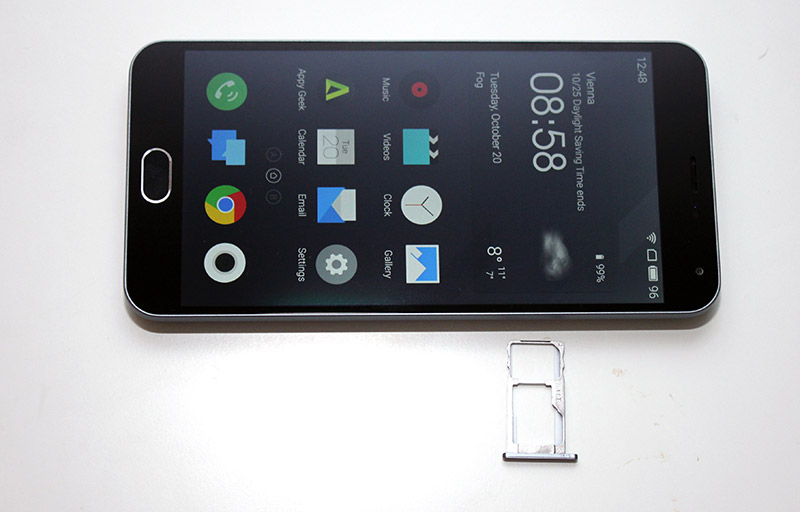
The top of the phone has a 3.5 millimeter stereo connector.
At the bottom of the phone has a microphone opening, micro USB for data transfer of charging and four small dots to make a sound louder. There is only one speaker placed at the bottom of the phone. The down side is that you kill the volume when you place your fingers over it, just like with many other phones, especially in portrait mode.
The Meizu Note 2 is made from plastic but it still feels quite good in the hand. It is comfortable to hold and use and it feels quite light for the 5.5 inch phone too. There are no build quality issues, no flex, no creaks it all looks and feels much better than you would expect from a 150 euro phone.
The rear of the phone and finish looks and feels good. There is a camera with dual LED flash at the top of the phone and there is rather refined Meizu logo at the bottom. You cannot open the cover and the battery is not user-replaceable.
Meizu M2 Note Specs and Performance
The spec is not spectacular. After all, this is a mid-range device and it’s roughly on a par with other 5.5-inch devices based on MT6753 and Snapdragon 615 processors. The biggest difference is in the SoC department, so let’s take a closer look. Eight cores at 1.3GHz will run just fine in everyday use, but they won't win many benchmarks.
Meizu M2 Note specs:
- SoC: MediaTek MT6753, 28nm HPM
- CPU: Eight 64-bit Cortex-A53 cores clocked at up to 1.3GHz
- GPU: Mali-T720MP3
- RAM: 2GB
- Storage: 16GB internal storage, microSD slot up to 128GB
- Display: 5.5-inch 1920x1080 IGZO IPS screen 403 pixel per inch
- OS: Flyme 4.5.4 OS based on Android 5.1
- Rear camera: 13 megapixel, 4208 x 3120 pixels, autofocus, dual-LED (dual tone) flash
- Front facing camera: 5 megapixel, 1080p
- Battery: 3100mAh by Sony /ATL, non-replaceable
- Dimensions: 150.9 x 75.2 x 8.7 mm (5.94 x 2.96 x 0.34 in)
- Weight: 149 g (5.26 oz)
- Wi-Fi and Bluetooth: 802.11 a/b/g/n, dual-band Wi-Fi and Bluetooth 4.0, LE
- Sensors: Gravity Sensor, Proximity Sensor, Light Sensor, Gyroscope Sensor, Compass, Hall sensor, GPS, AGPS, GLONASS
- SIM card: dual SIM (nano and nano SIM), dual standby
- Storage: up to 128GB microSD with one nano SIM card
- Network support:
2G: GSM 850MHz, GSM 900MHz, GSM 1800MHz, GSM 1900MHz
3G: WCDMA: 850 / 900 / 1900 / 2100MHz
4G: 4G FDD-LTE: B1 / B3 / B7 (1800 / 2100 / 2600MHz)
It is important to point out that this is a phone with MediaTek MT6753, 28nm octa core that is the SoC with World Mode 4G LTE and CDMA2000 3G for global high-speed mobile network compatibility. This is really fresh SoC as it was launch in March 2015 and Meizu 2 Note has been one of its biggest design wins so far. The eight Cortex A53 cores run at 1.3GHz and we didn’t see any performance related issues on the everyday emails, web browsing or playing videos up to full HD resolution. The Mali-T720MP3 GPU is not the strongest around but it was enough to run the casual games just fine.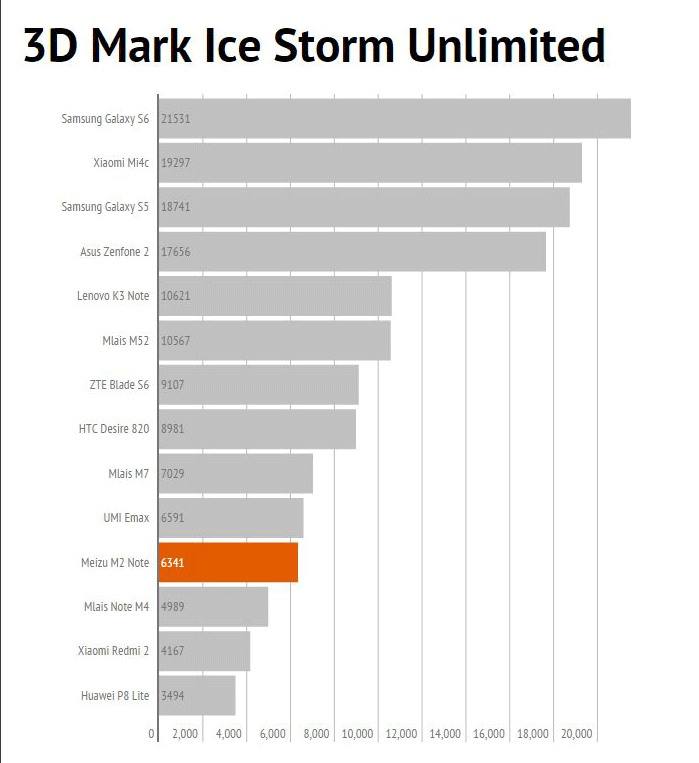
MediaTek's MT6753 and its Mali GPU are not going to win any prizes for gaming performance. The GPU more than three times slower than what you would get on a high-end phone, but the Meizu M2 note can outpeform a few phones from its price range. Remember this is a 150 euro phone and it is not realistic to expect that it can beat 500-600 euro worth of Samsung Galaxy S6 with a state of the art 14nm Exynos 7420 SoC. 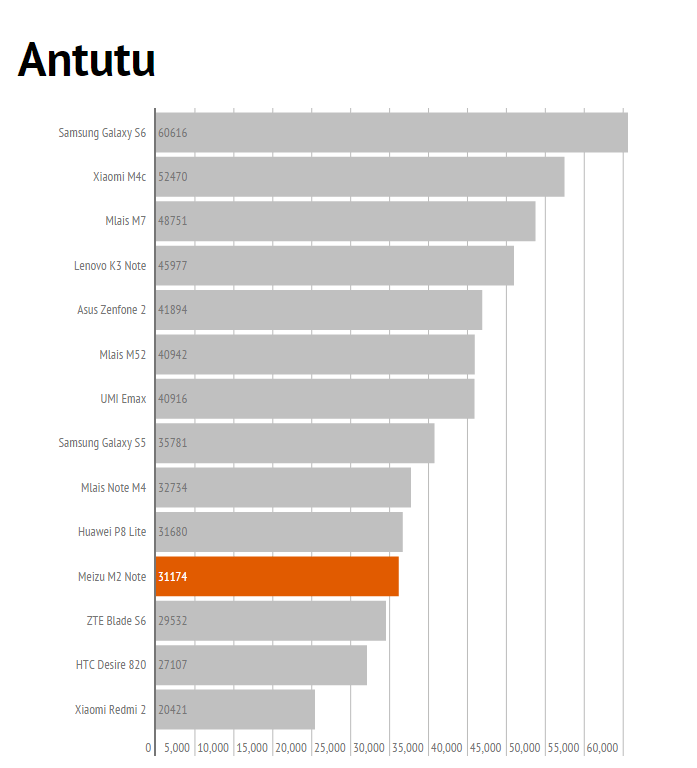
in Antutu, we managed to get slightly over 30000. This is what the eight 1.3GHz A53 cores can deliver. The Helio X10 based phones will get you close to 50,000 and at the same time they will have their eight cores clocked at 2-2.2Ghz. The Meizu M2 Note did well for its price range but it didn't sweep us off our feet.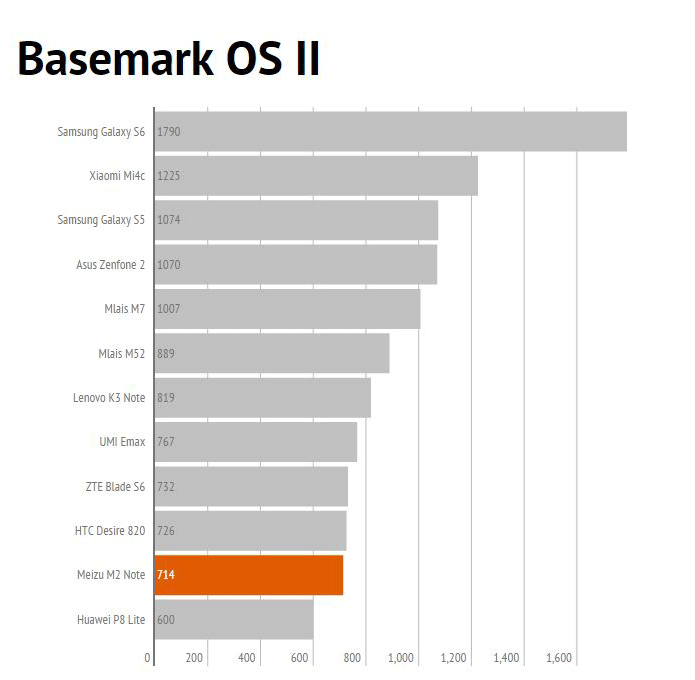
Basemark OS II a simulation of an user interface didn't run fast on this phone. We got quite low score but this is just slighty less that what you get with Snapdragon 615 based HTC Desire 820. It goes without saying that HTC phone is significantly more expensive. 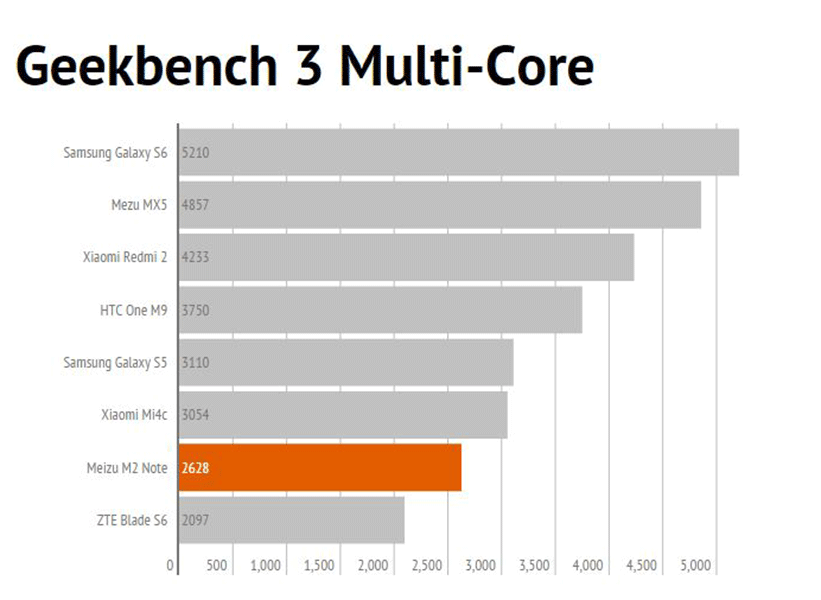
In Geekbench the phone shows average performance. With 571 in single core score and 2628 it won't win any prime spots. This is still reasonably good score as the significantly more expensive Meizu MX 5 with Helios X10 processor clocked at 2.2 GHz and eight A53 cores scores 936 in single and 4882 in multi-core test. The Samsung Galaxy S6 scores 1443 in single and 5157 in multi, but have in mind that this phone costs more than three times the Meizu M2 Note. 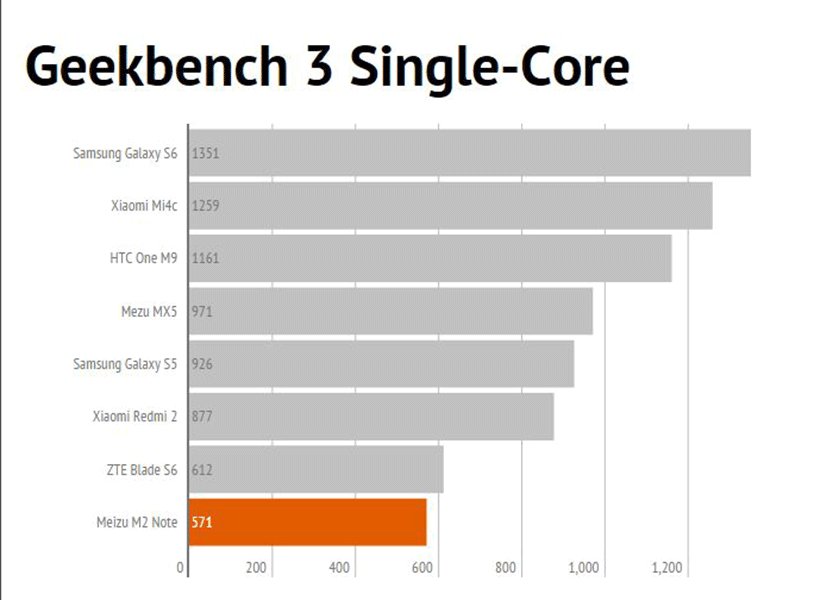
The single-core results will tell you what you should already know. The 1.3Ghz clocked A53 core is not the fastest around but when you match eight of them at the same time, you get a decent performer. Since most of the applications today can take advantage of multipe cores, it will be hard to notice a slow single core performance in everyday tasks.
The phone runs well for email, surfing, watching YouTube or listening music, we didn't experience any obvious slowdowns or performance glitches.
Audio, Display and Camera Quality
We are glad to see a 1920x1080 IGZO capacitive screen at this price point. With a pixel density of 403ppi, no one can really complain about the sharpness. With 3100 mAh battery the screen will last a whole day of normal use which is quite good for a 5.5-inch phablet with in full HD resolution.

Brightness and viewing angles are above average and the phone has one of the brightest screens we could see in this segment. The bigness will go down to a level that will make it really comfortable for night reading. There is no bluish color on the display that you can notice on some other inexpensive phones, and the white colors were really nice. The display is definitely great for this price, and we haven’t seen any better units in this price range. Colors were decent but of course not as sharp as on the flagship Meizu MX5.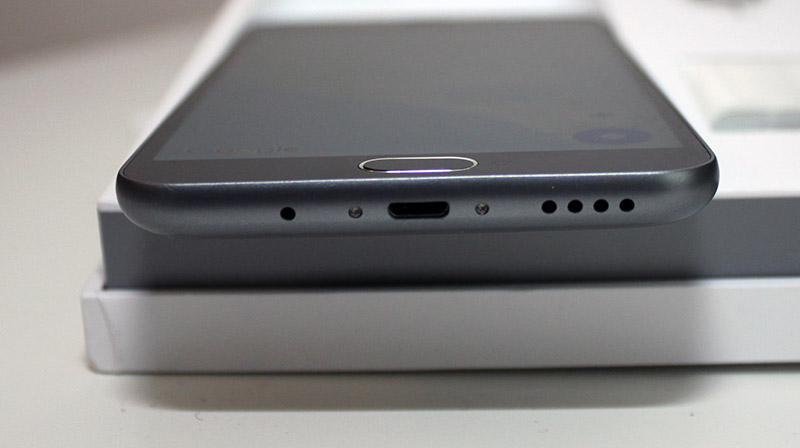
Audio quality is decent if you don’t mind a single speaker. This is something that we saw with an iPhone 6 and you can easily cover the speaker with your hand, but that's the case with all side-firing speakers. Reception on the device was good and the voice sound from the earpiece was good.
The rear-facing camera is relatively good. The OmniVision sensor can capture some nice shots and the f2.0 aperture helps as well. The Meizu M2 Note definitely doesn’t not have the best camera among mainstream phones, but it’s very good for casual photos and occasional selfie shoot.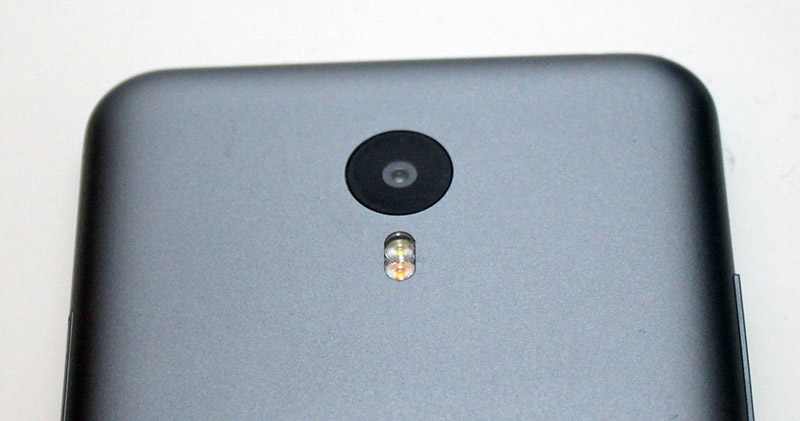
Daylight snaps are good, focus is fast, and a lot of detail is preserved. Camera has enough options including a good HDR mode. There is a slider to choose between photo and video. Video is limited to 1920x1080 which should be enough for this market. It is rather easy to activate the timer, too.

The front camera doesnt support HDR but the option works well with the rear camera. Make sure you don't move the phone when doing the HDR picture as you might end up getting some ghosting effect.
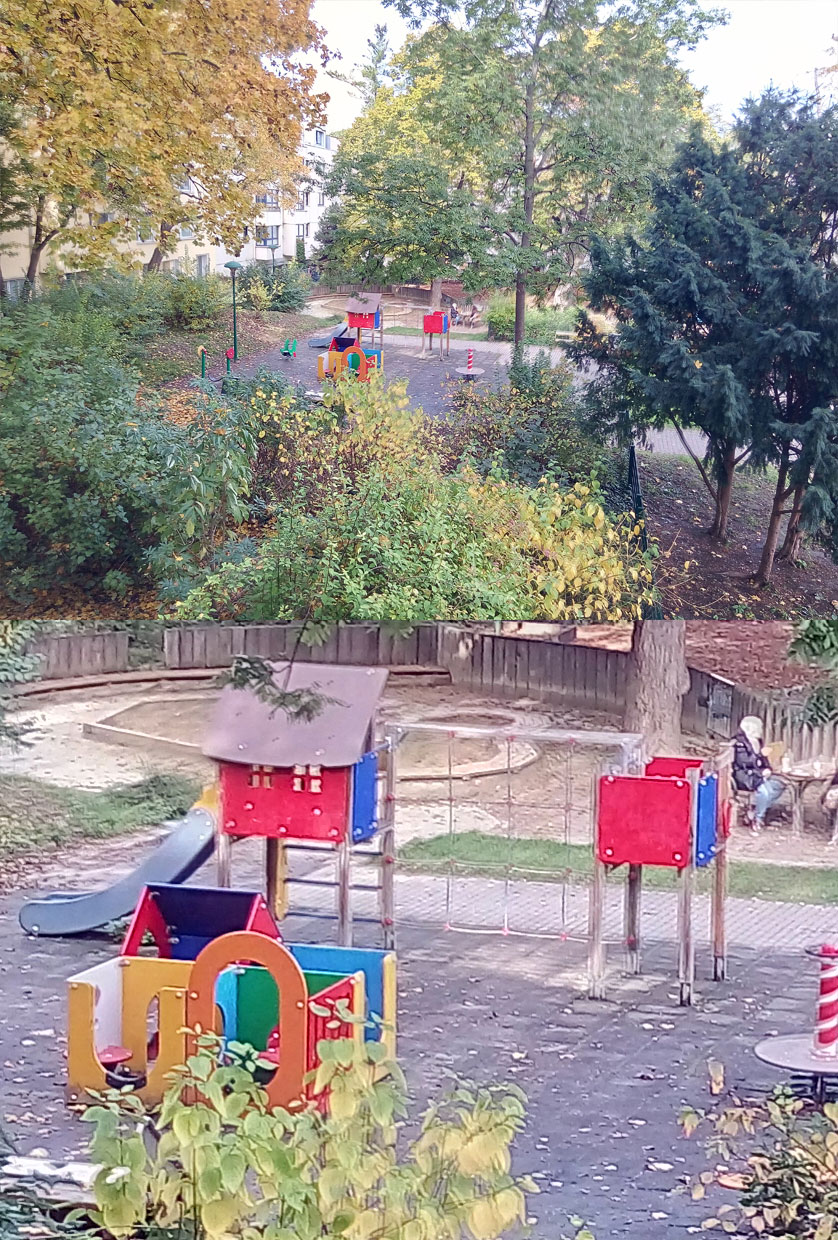
Indoor low-light shots aren't as good, mainly due to aggressive post-processing. The camera has some issue with focus indoors. The pictures we took looked ok on the phone, but it weren't as sharp when took a closer look on our PC. This can be an issue in low-light situations.
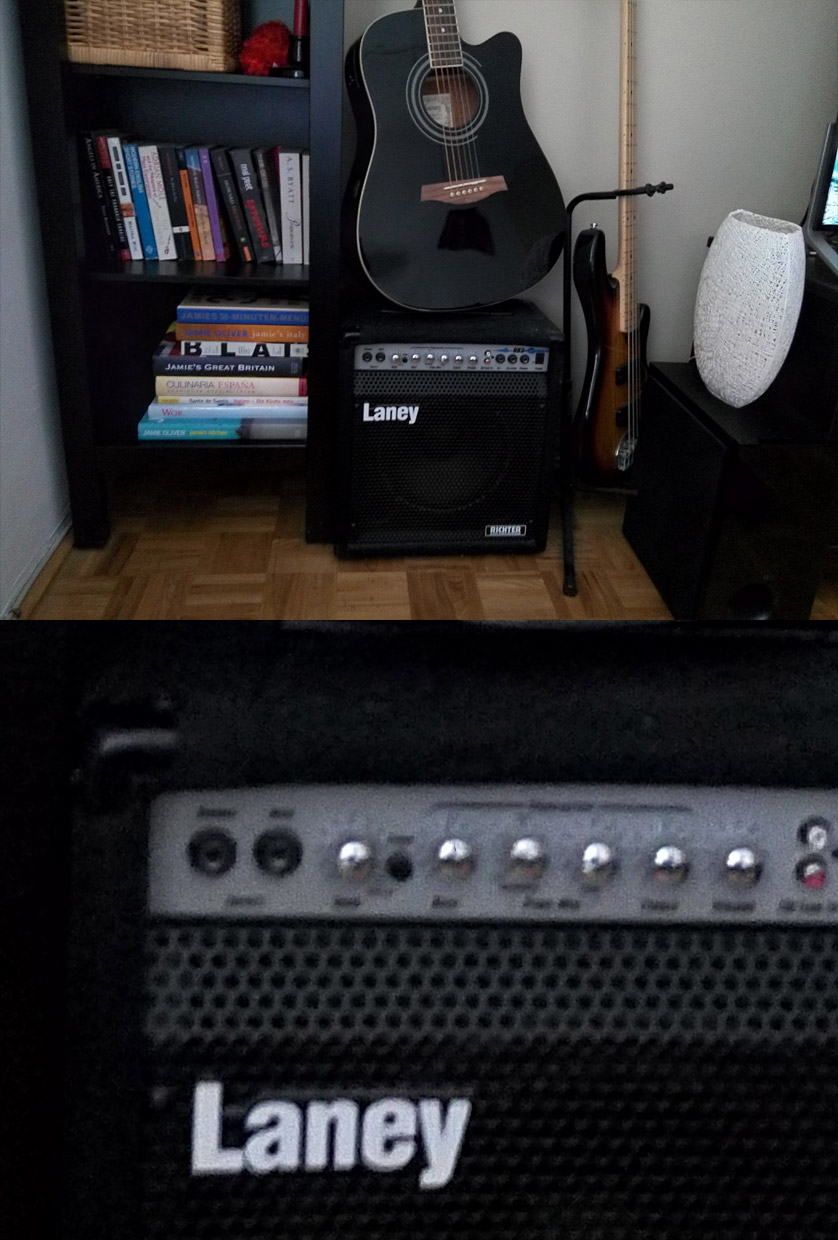
The camera user interface is very good and you really get the feeling that Meizu went the extra mile when it designed the camera app. The company might have borrowed some ideas from Apple, and the camera UI is definitely heavily influenced by the iOS interface.
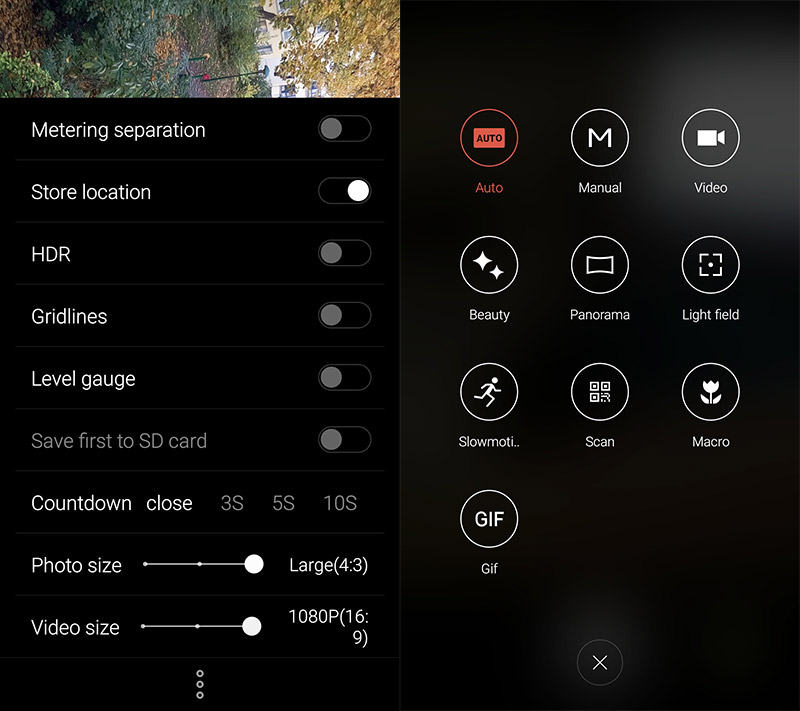
OS, UI and Everyday Use
The user interface is the biggest differentiation factor in the bushel of Android devices on the market. Meizu has its own FlyMe operating system that is in this case based on Android 5.1.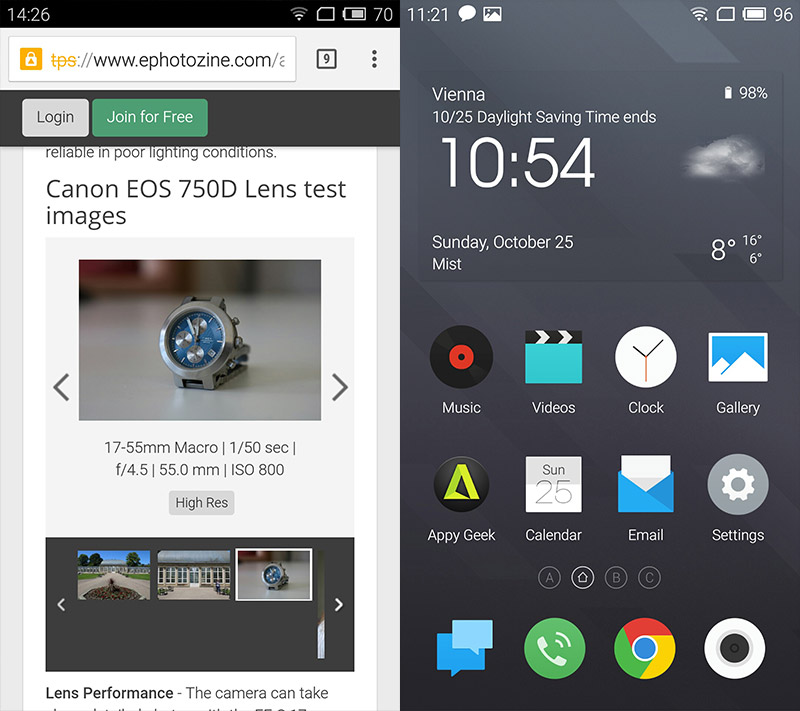
The FlyMe OS 4.5.4A that we tested is definitely inspired by the Apple iOS. It won't offer an app drawer by default and this is something that will take time to use. But in case you like the Android look and feel, you can simply install a different launcher. Both launchers worked flawlessly but we spent more time with the FlyMe just to be able to tell the genuine picture. The phone in our case came with an Android market and you can install all the apps as on any other phone but the phone has Meizu own AppCenter that is an alternative to an Google App store. The AppCenter offers a lot of applications meant primarily for the China market, as Meizu primarily targets mainland China and slowly expands elsewhere.
The company plans to release FlyMe OS 5.0 rather soon and this phone will get it. FlyMe gets regular updates over the air and you can expect to get at least a next few major updates on the phone. We cannot underline strong enough how much the user interface was inspired by iPhone iOS, but you kind of get use to the settings and features rather fast. It is at least a refreshing change in a bushel of identical or very similar user interfaces.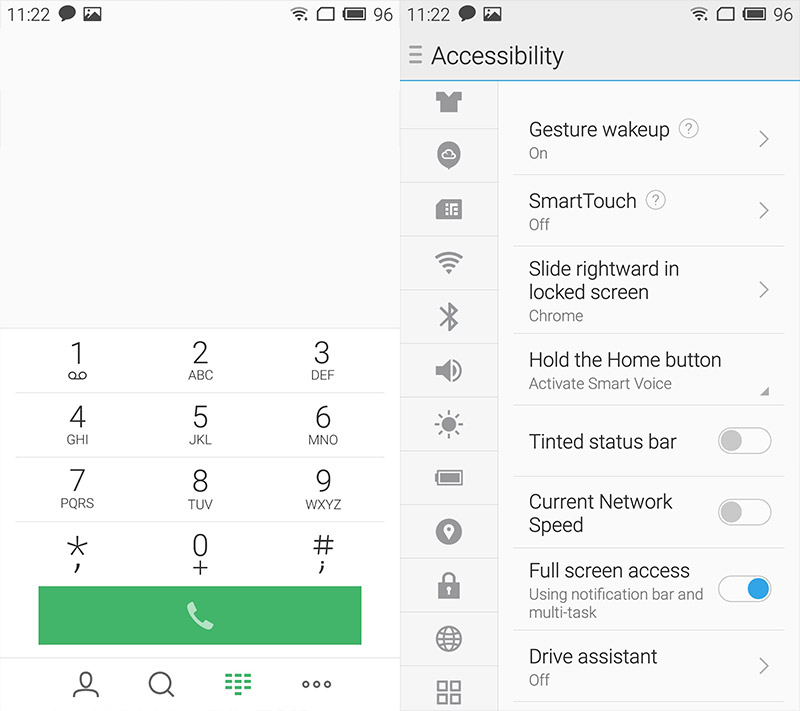
It all depends on what you prefer, plain Android and an app drawer, or something a bit flashier, with an iOS look, sans app drawer.
It will take time to get use to a phone that doesn’t have a dedicated feature or a back button as you will have to tap the home to go back. Once you get use to it, it works really nice. The settings menu definitely inspired by iOS is straight forward and it will be easy to find and change a desired feature.
Just as you can on many other phone Meizu M2 Note targets a young demographic and has a lot of themes you can download and change. Some of them are free some of them will cost some money and you can download a lot of wallpapers too.
Quick menu settings are iOS inspired will let you turn the Wi-Fi, data, Bluetooth, brightness or mute the phone. Once you expand the quick settings menu you get additional nine settings that will let you do things faster. The swipe from the bottom of the phone will open a task manager, just like in iOS, and it will let you kill the unwanted apps in matter of seconds.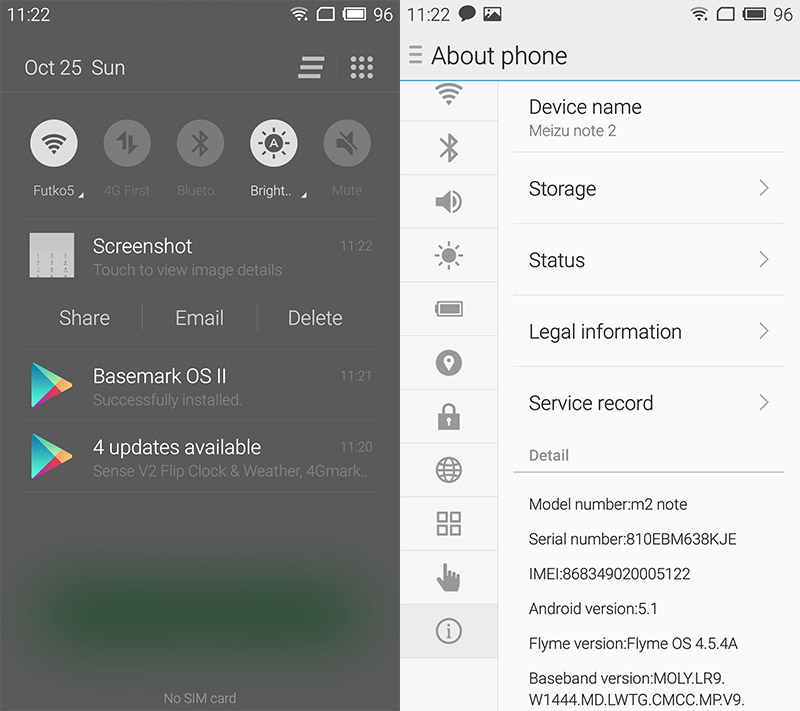
FlyMe 4.5 looks really good and once you get used to it you will start to like it. FlyMe 5.0 is just around the corner and it will look even better. If this is not your cup of tea, you should install Google Now and enjoy good performance and snappy inexpensive full HD 5.5 inch phone with a standard Google experience.
The 3100 mAh battery will be enough for the whole day or work with decent usage. You can get day and a half probably even two days if you limit your screen time with the device. It charges rather fast so the battery life is quite good for a Full HD 1920x1080 eight core mobile phone with 2GB RAM.
The phone ships with a 5V 2A charger that was able to charge the battery in two hours and eight minutes. This is quite good result, but we've seen phones charging faster.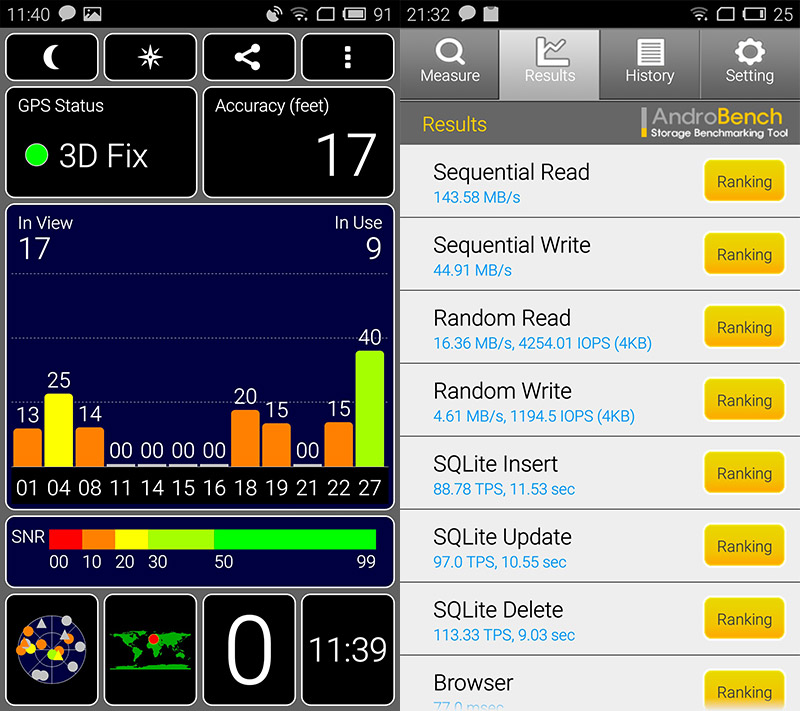
We have no GPS issues to report. Meizu M2 note will lock on satellites really fast and it will work as expected. It offers decent accuracy. The last thing that we wanted to share with you is that the storage is at acceptable speed. A score of 143MB/s in sequential read is rather great result and sequential write gets you to almost 45MB/s. This is a great score for this price range and this is one of the reasons why the phone was snapy with user interface, browsing and everydays tasks.
Conclusion
Meizu is definitely the name that we will continue seeing in the future, not only in Asia, but in Europe and the US. The Meizu M2 Note is a great phone considering the price. It is one of the best budget phones on the market, but some users will think that 5.5 inches might be a tad to large for a phone.
Meizu has a 5 inch version of the phone with a slower processor and lower resolution display. The M2 Note feels good and works just as well as many more expensive devices.This phone is one perfect example how benchmarks are not always able to paint the full picture. This phone works well in everyday tasks and if you would just judge it from the benchmark, you would expect it to be much slower than its competitors. The phone is significantly slower than high end phones, but at the same time it works well for everyday users and it will fit the non-enthusiast user just fine.
Battery life is quite good, it will last a day under heavy use, and we didn’t notice that the 1.3GHz chip consumed too much power. You should be able to get up to two days of moderate use out of the M2 Note. It worked well with 4G in Austria, reaching over 85Mbits per second on the download test. If you don’t mind the large screen and you are on the budget this phone feels as good as the first Moto G. You will get a great performance, battery life and specification for very little money.
Meizu M2 Note Pros and Cons
Pros
- Great price/performance ratio
- 3100mAh battery
- High quality display
- Good 13-megapixel camera
Cons
- Power button on the left
- Not as fast as some competitors
- FlyMe is not for everyone

